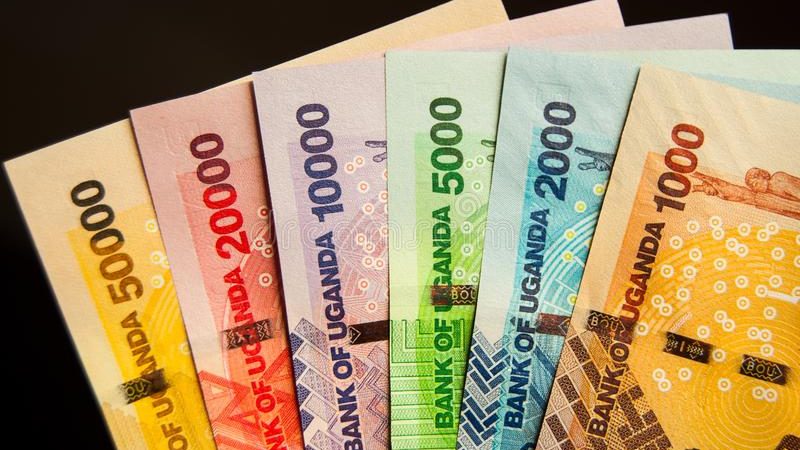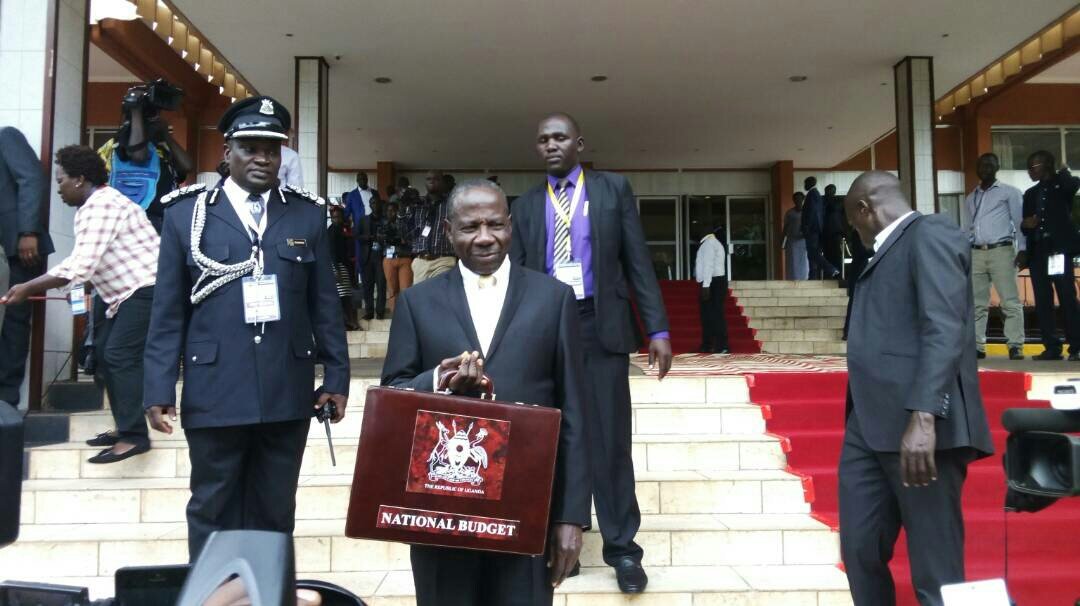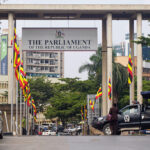The Ugandan shilling maintained a stable trading range between 3660 and 3675, supported by subdued and balanced market activity. This stability follows a significant market correction from last week’s local unit lows of 3730/3740, and a gradual appreciation that closed the week at 3660/3670. The Bank of Uganda intervened in the market to purchase US dollars through the FX Daily auction, aiming to bolster foreign currency reserves.
Catherine Kijjagulwe, Acting Head of Markets at Absa Bank Uganda, noted that liquidity in the money markets was moderate, with overnight and one-week funding trades ranging between 7% and 12.11%.
The treasury bond auction held on April 16, 2025, was significantly under-allocated, with only UGX 210.76 billion accepted out of UGX 990 billion offered in face value. Bids totaling UGX 1.331 trillion were submitted across the benchmark 2-year, 5-year, and 15-year tenors, which printed at 15.750%, 16.500%, and 17.000%, respectively. Only 21.30% of the bids were accepted, leaving yields unchanged for the 2-year and 15-year bonds compared to the previous auction on February 19, 2025. The 5-year bond yield rose by 25 basis points.
The Central Bank has scheduled a treasury bill auction offering UGX 355 billion across the 91-day, 182-day, and 364-day tenors.
Kijjagulwe also commented on regional markets, noting that the Kenyan shilling remained vulnerable, struggling to hold within the 129.20–129.90 range. Ongoing profit-taking on bonds and continued demand for US dollars by local market players have sustained pressure on the currency.
The Kenyan shilling is expected to continue fluctuating within the 129.00–130.00 range in the near term. Kenya is currently negotiating a new program with the International Monetary Fund (IMF) with more realistic targets, following the termination of its previous $3.6 billion agreement. The new deal is expected to reflect ongoing geopolitical tensions and Kenya’s domestic economic realities, including fiscal deficits and external debt.
Regarding international markets, Kijjagulwe noted that while the US dollar index remains under pressure, unlike the previous week, there were no signs of de-dollarization despite investor moves out of US Treasuries and equities. Federal Reserve Chair Jerome Powell stated that former President Trump’s significantly higher-than-expected tariffs would lead to stagflation and challenge the Fed’s dual mandate of price stability and full employment. While tariffs are expected to raise prices, the Fed is unlikely to raise interest rates as long as long-term inflation expectations remain anchored and unemployment continues to rise amid a slowing economy.
The Euro faced renewed pressure after the European Central Bank (ECB) cut its key interest rates by 25 basis points, as anticipated. The Deposit Facility Rate and Main Refinancing Operations Rate were lowered to 2.25% and 2.4%, respectively. This marked the sixth consecutive rate cut by the ECB and the seventh since its easing cycle began in June. The Euro declined toward 1.1340 against the US dollar on Thursday amid increased selling pressure.
“Oil prices rose to their highest level in two weeks on Thursday amid thin liquidity ahead of the Easter holidays,” Kijjagulwe added. “This followed new US sanctions targeting Iranian oil exports, raising supply concerns. Brent crude futures climbed 84 cents, or 1.3%, to $66.69 per barrel.”
Gold also saw significant gains, rising nearly 3% over the week. However, prices retreated from a record high on Thursday as investors took profits following a rally driven by concerns over President Trump’s latest tariff measures. Spot gold fell to $3,331.73 per ounce after reaching a record $3,357.40 earlier in the session.
















